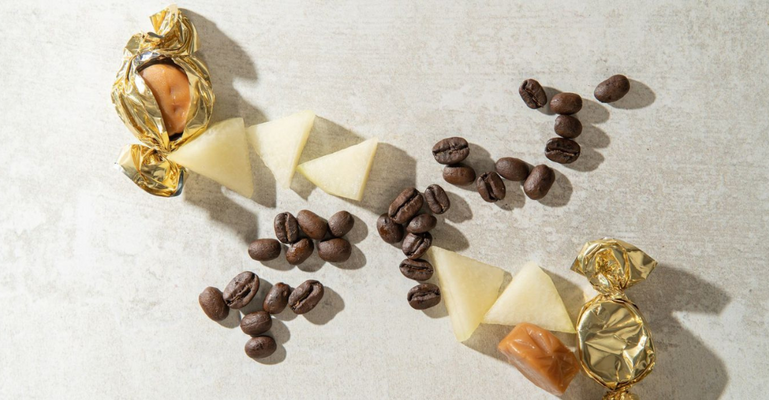For September's Mr Higgins Recommends,
we have chosen a true British classic - Earl Grey Tea.
Earl Grey Tea - Mr Higgins Recommends
by David Higgins




The History of Earl Grey Tea
In truth, no one exactly knows the true origin of this tea blend. Over the years I have heard any number of stories and theories, which to me sound like good marketing ideas. There is even a dispute as to whom first created and sold Earl Grey in Britain
Despite the many tales and legends, we can say that this tea is certainly named after Charles Grey, the 2nd Earl Grey who was Prime minister between 1830 and 1834. Historians look kindly upon him as a reformist whose parliament enacted the Slavery Abolition Act.
It is likely that the blend was named after him because of his prominence at the time that the blend first appeared in the 1820s.
Since its conception in the 19th Century, Earl Grey has continued to be traditionally made of black Chinese tea leaves infused with bergamot oil.
The bergamot fruit is indigenous to Calabria in southern Italy. It resembles a lime in colour and is the size of an orange, but it is too sour to eat raw. The oil is extracted from the rinds and is very expensive to produce as roughly 80 fruits are needed for just 80ml.
We make our Earl Grey blends by infusing the tea leaves in small batches by hand with an organic variety of bergamot oil. The flavour is distinctive, being of a citrus note and very aromatic.
We blend two types of Earl Grey Tea. Our Earl Grey is the traditional combination of black China tea produces a stronger cup. Whereas our Earl Grey Superior is a blend of large leaf Assam and Ceylon which produces a cup with a full body and refreshing aftertaste.
How to serve Earl Grey Tea
Personally, I enjoy my Earl Grey just black. However, this tea does work well with a bit of lemon. If you are serving with Lemon, I recommend only squeezing a little juice into the cup so as not to overwhelm the tea. It is possible to add a little milk of course, but I find that this clashes with the citrus flavour.
As it is based on a black tea I recommend infusing the leaves for 3 ½ minutes at 95C. Use 3g of tea per cup.
It makes a lovely afternoon tea and is the perfect accompaniment to a slice of cake, especially lemon drizzle, which I have to confess would be my choice.
Or why not try our truffle pairing from the Highland Chocolatier? Lemongrass and Hint of Lime Velvet Praline.
H. R. Higgins Earl Grey Tea
Mr Higgins Recommends - Christmas Blend
December invites us back to warmth and simple comforts. This month, Mr Tony recommends our Christmas Blend — fragrant like mince pies, bright with orange notes, and beautifully smooth. A festive cup to enjoy with loved ones or in the quiet after the celebration.
Mr Higgins Recommends - Brazil Daterra Bruzzi
Brazil is the true giant of the coffee world. From early adventures and smuggled coffee seeds to vast plantations and global influence, its story is as rich as the coffee it produces. Today, Brazil harvests over 62 million bags of coffee, setting the pace for world markets.
Mr Higgins Recommends - Peru Inambari
Peru is renowned not only for its dramatic landscapes but also for its exceptional coffee. This October, Mr Higgins recommends Peru Inambari, an Organic and Fairtrade coffee from Caijamarca. Dark roasted to enhance its smooth, full-bodied richness, it is a versatile choice—perfect at breakfast, mid-morning, or as a refined after-dinner cup.



